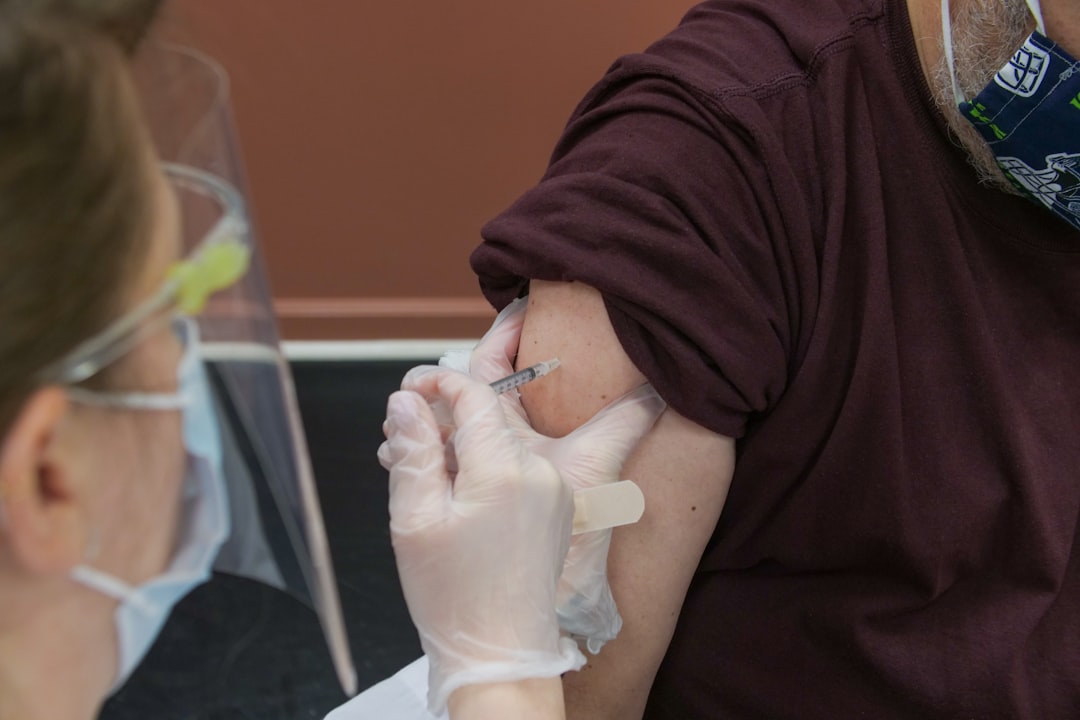Jab... if you can: Long-Term Risk Effects

Christian’s excellent discussion on COVID-19, our recent IBM study "An Injection of Hope" on this subject, and zero-risk bias (elimination of a risk category over reduction in overall risk) highlights for me some unique knock-on effects for COVID-19 in the US. We have had quite an experience on COVID-19. Due to a combination of American individualism, leadership vacillation, concentration of risk in nursing homes, and sheer size, America has led the world in COVID-19 related deaths, though at current rates Brazil and India may yet catch the US.
America has had some vaccine hesitancy for some time. Historical incidents resonate deeply with an America founded on the idea that government has limitations. Our government has not always been as diligent as it could be in protecting the public from legitimate health risks, as show in the US investigation of thalidomide in the 1960s. By and large, though, in the past the US federal government has erred on the side of caution. Thalidomide was removed from vaccines voluntarily as a precaution, despite its efficacy as a vaccine preservative, because it could potentially break down into mercury as a sub-component. The amount of mercury present for one person was equivalent to eating a can of tuna fish.
That non-zero risk, even though vanishingly small, can go viral in America when paired with bad science like the infamous Wakefield study, purporting a link between MMR vaccines and autism on the basis of a study group of n=12. Add to that the usual American predilection for celebrity and monetization and you get a lot of people (across the political spectrum, by the way) making poor risk decisions.
That culture does work both ways, however. While America's hands-off attitudes towards governmental risk management can create huge problems, it also can enable huge solutions. A number of vaccines were researched and fast-tracked in the US system, making their manufacturers $US billions in stock market capitalization and putting the US in a strong procurement position early. And the US currently is among the world's leaders in vaccine administration, the only large country to break 50 doses administered per 100 residents as of this writing. (The United Kingdom, culturally similar though smaller, has had a similar set of issues and results).
Our challenges in the US will be twofold from here.
First, we'll need to get to herd immunity levels of vaccination, which is not a given. As Christian discussed, estimates of herd immunity rates range from 60% to 85%, and it's questionable whether America will get to that higher number. There is an effect on risk perception as vaccines roll out, though, and polls indicate that familiarity with the vaccine may well increase US population adoption rates.
The second issue, though, will be to replicate that success throughout the world. For COVID-19 to be truly managed, island solutions will not be enough. Roughly 10% of the world has had a single vaccine dose, and rates are climbing. Still, it will be months if not years for the COVID-19 vaccines to even reach all countries, much less all arms. We have many, many jabs left to go.
The US has a good track record of subsidizing worldwide adoption in these situations. Competition with China and "vaccine diplomacy" will likely accelerate interest in reducing worldwide exposure, and the number of vaccines in the pipeline worldwide is encouraging. Now if we can just get folks to continue to manage their risk until then...


